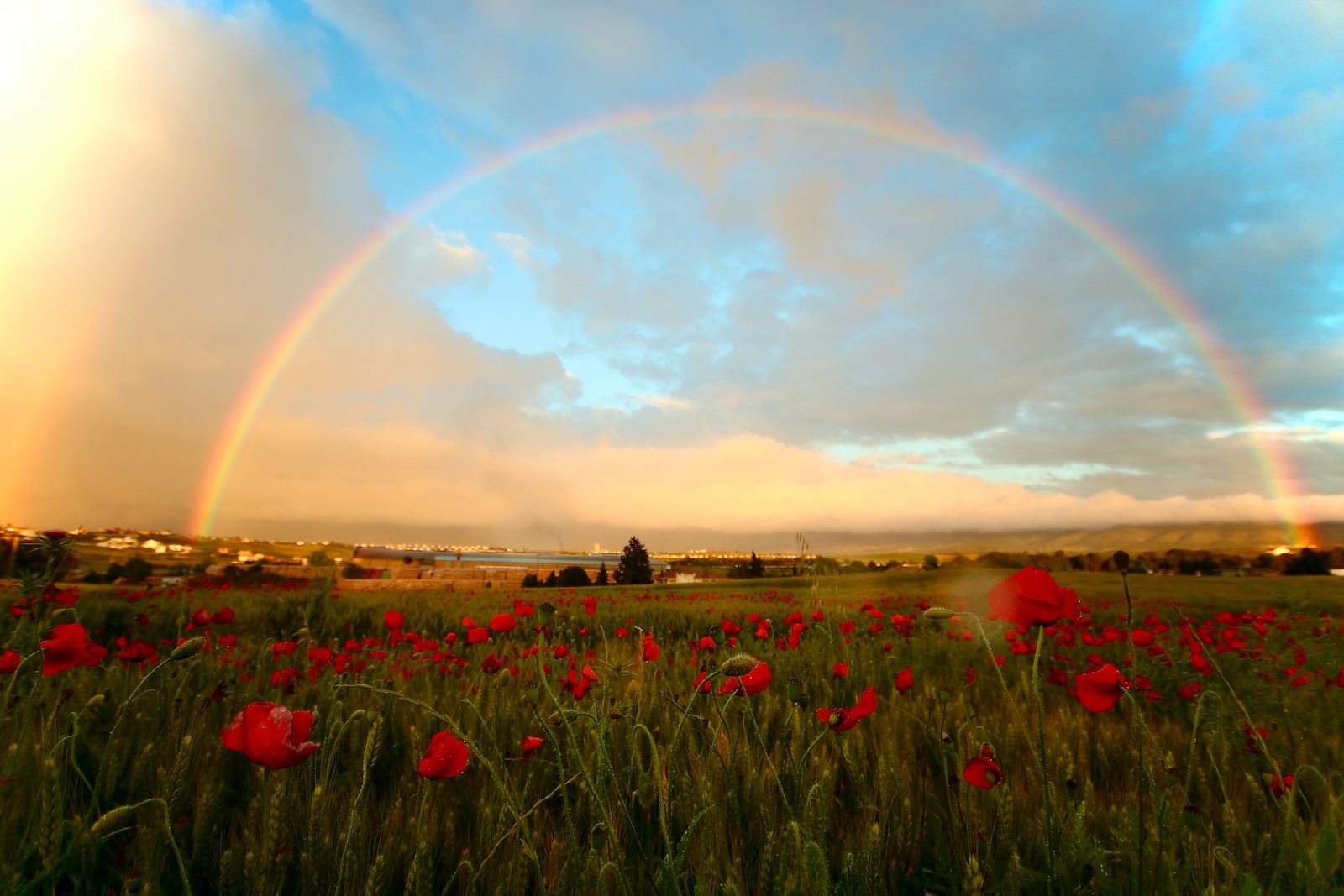Welcome to our comprehensive guide on achieving a cinematic look in post-production! If you’re a video enthusiast or content creator looking to elevate your visuals, you’ve come to the right place. In this blog, we’ll unlock the secrets to giving your videos a cinematic look, taking them from ordinary to extraordinary. Dive in and discover how to create an immersive visual experience that captivates your audience. Let’s get started!
Table of Contents
- The Power of Post-Production
- Color Grading for Mood Enhancement
- Attention to Detail in Sound Design
- Continuous Learning and Exploration
- A How-To Guide: Achieving Cinematic Look in Post-Production
- Frequently Asked Questions
- 1. What is a cinematic look?
- 2. How can I achieve a cinematic look in post-production?
- 3. What is color grading?
- 4. Are there any specific software or tools recommended for achieving a cinematic look in post-production?
- 5. Can I achieve a cinematic look with a smartphone or basic camera?
- 6. Are there any specific tips for editing and pacing to achieve a cinematic feel?
- 7. How important is sound design in creating a cinematic look?
- 8. Can you recommend any resources for learning more about achieving a cinematic look in post-production?
- Wrap Up
The Power of Post-Production
Video editing is like the final brushstroke on a masterpiece – it has the power to transform raw footage into a cinematic wonder. The magic lies in post-production, where you can enhance colors, add filters, adjust lighting, and incorporate various effects to create a visually stunning masterpiece. So, buckle up as we delve into the world of post-production and explore the techniques that will help you achieve that coveted cinematic look.
Color Grading for Mood Enhancement
One crucial aspect of post-production is color grading. By fine-tuning the colors of your footage, you can manipulate the mood and atmosphere of your video. Want to create a warm nostalgic vibe? Enhance the yellows and oranges. Hoping to evoke tension and suspense? Experiment with desaturated blues and greens. Through careful color grading, you can give your video a distinct visual style that adds depth and emotion.
Mastering Composition and Framing
Creating a cinematic look doesn’t stop at editing; it extends to the way you frame your shots. Film directors often use various techniques such as the rule of thirds, leading lines, and symmetry to craft visually striking scenes. By applying these principles to your video editing, you can create a pleasing composition and draw your viewers’ eyes to the most important elements. Don’t underestimate the power of thoughtful framing!
Enhancing Visual Effects
Visual effects can take your videos to a whole new level. Whether it’s adding subtle lens flares, stunning transitions, or even incorporating CGI elements, the right visual effects can significantly enhance the cinematic feel of your videos. From light leaks to particle effects, experiment with different techniques and find the ones that align with your creative vision. Just remember – moderation is key. Use visual effects strategically to avoid overwhelming your audience.
Attention to Detail in Sound Design
While visuals play a pivotal role in achieving a cinematic look, sound design is equally essential. Crisp, high-quality audio combined with well-chosen sound effects and music can elevate the cinematic experience to new heights. Pay attention to ambient noise, foley effects, and the perfect soundtrack to create an immersive auditory experience that complements your stunning visuals.
Experimenting with Aspect Ratios
Aspect ratios influence how your audience perceives your visuals. Traditional cinematic looks often feature wider aspect ratios like 2.39:1 or 2.35:1, giving the video a cinematic “scope” or widescreen feel. However, don’t hesitate to experiment and break the mold with unconventional aspect ratios for unique storytelling purposes. The choice of aspect ratio can add a layer of visual interest and enhance the overall cinematic aesthetic.
Utilize Slow Motion and Time-Lapse
Slow motion and time-lapse can be powerful storytelling tools in your post-production arsenal. Slow-motion shots can add drama and intensity, while time-lapse sequences can condense hours or days into mesmerizing moments. Experiment with different speeds and intervals to create captivating visuals that transport your audience into a whole new world.
Continuous Learning and Exploration
Achieving a cinematic look is not a one-size-fits-all approach. It requires continuous learning, experimentation, and an open mind to stay ahead of the curve. Stay updated with the latest editing techniques, follow industry trends, and constantly push your creative boundaries. With time and practice, you’ll unlock your unique cinematic style and wow your audience with breathtaking visual experiences.
The term "cinematography" comes from the Greek words "kinema" meaning movement and "graphos" meaning writing, resulting in the art of writing with movement.
Inspiration from Film & Cinema
To truly master the cinematic look, draw inspiration from the world of film and cinema. Analyze shots from your favorite movies, study their editing techniques, and dissect the visual choices made by directors and cinematographers. By understanding the principles used in professional filmmaking, you can apply them to your videos and take your post-production skills to new heights.
Delivering an Immersive Visual Experience
Ultimately, achieving a cinematic look in post-production is all about delivering an immersive visual experience to your audience. By focusing on every detail, from color grading to composition, visual effects, sound design, and beyond, you’ll create videos that transport viewers into a world of storytelling magic. So, embrace the power of post-production and unlock the limitless creative possibilities that await you on your cinematic journey.
A How-To Guide: Achieving Cinematic Look in Post-Production
Are you tired of your videos looking dull and flat? Do you want to take your video editing skills to the next level and create a cinematic look? Look no further! In this comprehensive guide, we will unlock the secrets to giving your videos a cinematic look in post-production, creating an immersive visual experience that will captivate your audience.
The Importance of Post-Production
Post-production is a crucial step in the video editing process, where you have the power to transform raw footage into a masterpiece. It is during this phase that you can add those finishing touches and enhancements that can make all the difference in achieving a cinematic look.
Enhancing Color Grading
One of the key elements of creating a cinematic look is through effective color grading. Proper color grading can set the mood, evoke emotions, and enhance the visual storytelling of your video. To achieve this, start by adjusting the exposure and contrast to create a balanced and dynamic image. Then, play around with the color temperature and tint to establish the desired atmosphere. Finally, fine-tune the shadows, highlights, and midtones to add depth and dimension to your footage.
Utilizing Film Grain
Adding film grain is a simple yet effective technique to give your videos a more cinematic feel. Film grain replicates the texture of traditional film, adding a subtle noise that enhances the overall visual experience. Experiment with different levels of film grain to find the perfect balance between authenticity and exaggeration.
Incorporating Slow Motion
Slow-motion footage can bring a sense of drama and elegance to your videos, giving them that cinematic touch. By slowing down certain moments or scenes, you can emphasize details, heighten emotions, and create a more immersive experience for your viewers. However, use slow motion sparingly, as overusing it can diminish its impact.
Adding Atmospheric Effects
To truly transport your audience into a cinematic world, incorporate atmospheric effects such as lens flares, light leaks, and dust particles. These subtle elements can add depth and realism to your footage, making it feel more like a cinematic experience. There are various plugins and effects available in video editing software that can help you achieve these effects effortlessly.
Professional Audio Mixing
Don’t forget the importance of sound! Professional audio mixing can greatly enhance the cinematic experience of your videos. Pay attention to the balance between dialogue, background music, and ambient sounds. Experiment with different sound effects and foley to further immerse your audience in the visual story you’re telling.
Achieving a cinematic look in post-production requires a combination of technical skills and artistic vision. By following these tips and techniques, you can elevate your video editing game and create videos that truly captivate your audience. Unlock the secrets to giving your videos a cinematic look today, and enjoy the satisfaction of producing visually immersive content. Happy editing!

Frequently Asked Questions
1. What is a cinematic look?
A cinematic look refers to the visual style and quality resembling that of a film. It evokes a sense of drama, immersion, and professional storytelling in video content.
2. How can I achieve a cinematic look in post-production?
To achieve a cinematic look in post-production, you can employ various techniques such as color grading, adding cinematic effects, adjusting aspect ratios, implementing proper lighting and sound design, and editing for pacing and storytelling.
3. What is color grading?
Color grading is the process of adjusting and enhancing the colors of a video to create a desired mood or atmosphere. This involves tweaking the brightness, contrast, saturation, and tonal balance of the footage.
4. Are there any specific software or tools recommended for achieving a cinematic look in post-production?
Yes, there are several popular software and tools that can assist you in achieving a cinematic look, such as Adobe Premiere Pro, DaVinci Resolve, Final Cut Pro, and Filmora. These platforms offer a wide range of features and customizable options for editing and enhancing your videos.
5. Can I achieve a cinematic look with a smartphone or basic camera?
Yes, you can still achieve a cinematic look even with a smartphone or basic camera. It’s all about utilizing the right techniques and post-production processes to enhance the footage. However, using a higher-end camera with manual settings and better optics can provide better results.
6. Are there any specific tips for editing and pacing to achieve a cinematic feel?
Yes, some tips for editing and pacing your videos to achieve a cinematic feel include using cutaways and transitions, applying slow-motion or time-lapse effects, incorporating cinematic music and sound design, and ensuring a smooth flow and coherent storytelling.
7. How important is sound design in creating a cinematic look?
Sound design plays a crucial role in creating a cinematic look as it helps to enhance the immersive experience. Including atmospheric sound effects, well-mixed audio, and appropriate background music can greatly contribute to the overall cinematic feel of your video.
8. Can you recommend any resources for learning more about achieving a cinematic look in post-production?
Absolutely! Some valuable resources for learning more about achieving a cinematic look in post-production include online tutorials, video editing forums and communities, industry-related blogs, and courses offered by professionals in the field. Taking these resources into account can greatly enhance your knowledge and skills in post-production.
Wrap Up
In conclusion, achieving a cinematic look in post-production is a combination of technical expertise and artistic vision. By implementing the strategies and techniques discussed in this comprehensive guide, you can elevate your videos to a whole new level, creating a visually immersive experience for your audience.
Remember, video editing is a continuous learning process. Experiment, explore different styles, and stay updated with industry trends to keep refining your skills. Embrace the power of storytelling and let your creativity shine through your work.
I would love to hear about your experiences and insights on achieving a cinematic look in post-production. Leave a comment below and let’s engage in a dynamic discussion. Together, we can elevate the art of video editing and create visually stunning masterpieces.



